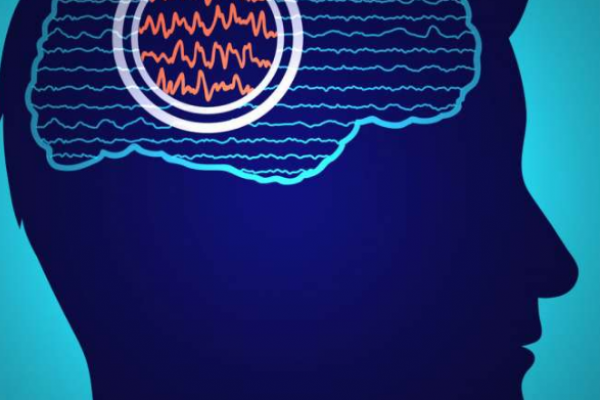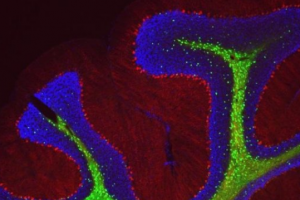Team develops method to identify seizure-causing regions in the brain
Epilepsy—a condition that affects an estimated 65 million people worldwide—can be a difficult condition to treat. A team at the University of Illinois developed a method with the potential to ...
Epilepsy—a condition that affects an estimated 65 million people worldwide—can be a difficult condition to treat. A team at the University of Illinois developed a method with the potential to significantly improve the accuracy and reduce the cost and time needed to identify regions of the brain causing epilepsy. Using probabilistic modeling and artificial intelligence techniques based on real data from patients suffering from epilepsy, researchers developed a model to identify seizure generating brain regions using only non-seizure data. The new approach has the potential to decrease the time of an epilepsy procedure from days or weeks to just a couple of hours.
It has been long appreciated that the epileptic brain regions responsible for seizures generate abnormal activity even when a patient is not having a seizure.
When they looked at the data the doctors were collecting, they examined the abnormal activity and using sophisticated machine learning techniques, they were able to actually predict where the seizures were coming from.
This gave them the idea of utilizing their probabilistic modeling expertise in epilepsy procedures to identify the seizure-generating regions without having to look at the brain activity during the seizures, which typically requires recording brain activity for days to weeks to capture the patients' typical seizures.
To locate the seizure-generating brain region, surgeons typically implant sensors directly on the brain to monitor the brain activity during seizures.
This is a very time-consuming and a costly procedure and it can also be a very traumatic experience for the patients, who have to go through two back-to-back brain surgeries and suffer another seizure.
In this new approach the team used electroencephalography (EEG) data from the brain sensors, they analyzed non-seizure activity from 80 patients with epilepsy. To test their accuracy, they compared their results to the seizure EEG data and surgery outcomes from patients.
If approved for clinical use, patients would undergo surgery to place electrodes on the brain, and then—during the same procedure—the team's algorithms would collect and analyze EEG data for just two hours to determine the seizure-inducing brain region, allowing the doctors to evaluate results and make a decision about removing the area.
This technology has the potential to transform the field of brain mapping and epilepsy surgery. Patients will no longer require multiple days of hospitalization to record their habitual seizures, but rather can have a single intra-operative procedure to localize epileptic brain tissue that can then be immediately resected.
Resource: Medicalxpress





Related Posts